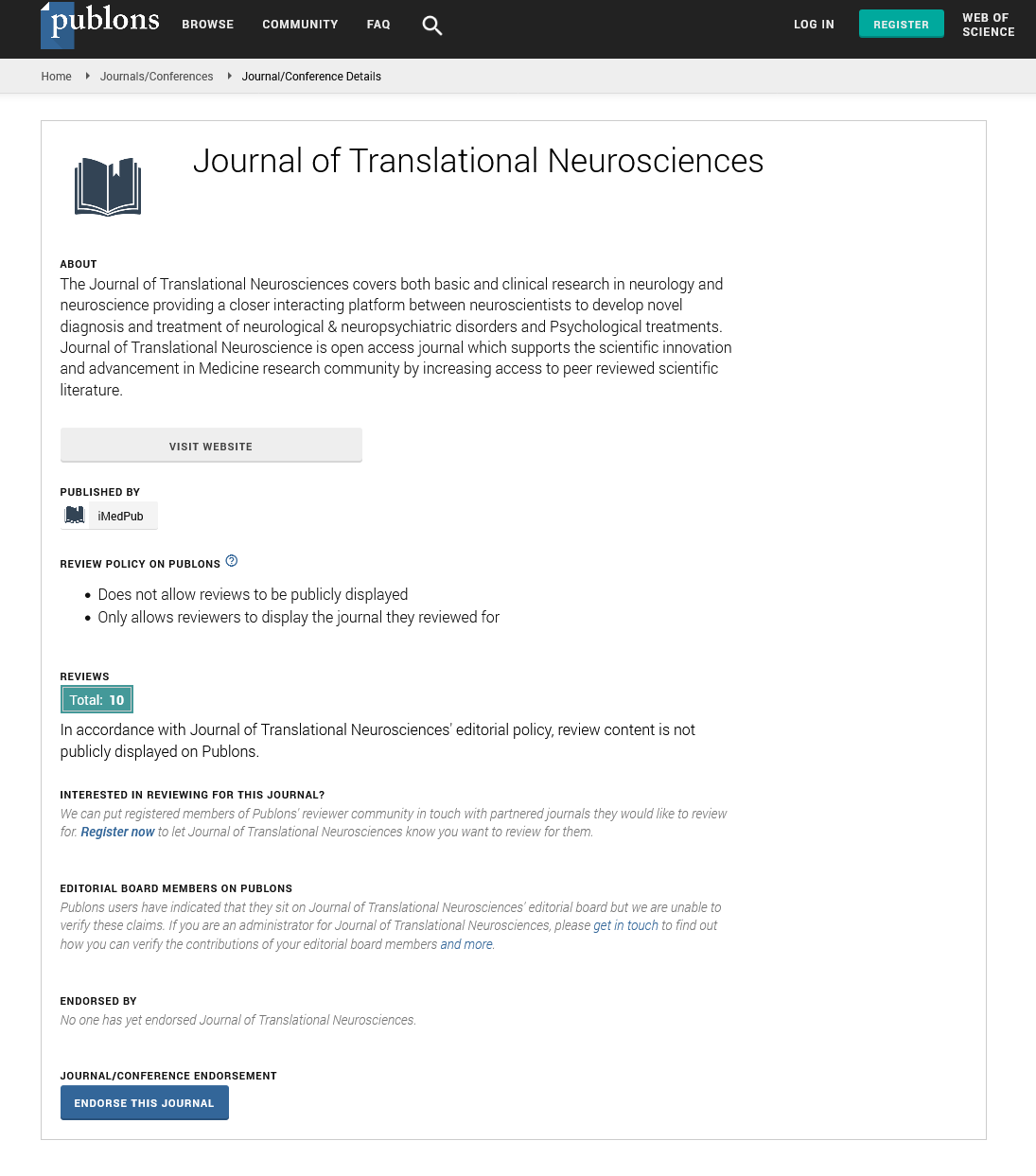Abstract
Role of Hypercholesterolemia and Oxysterols in Neurodegeneration
Hypercholesterolemia and increased levels of oxysterols, the end products of cholesterol metabolism, are considered to be risk factors for neurodegeneration. In contrast to cholesterol itself, oxysterols are able to cross the blood-brain barrier and they are efficient inhibitors of cholesterol synthesis. 27-Hydroxycholesterol (27-OH) is formed by the mitochondrial cytochrome P-450 enzyme CYP27. This enzyme is present in most organs and tissues and has broad substrate specificity. Under normal conditions most of the 27-OH present in brain and in CSF originates from the circulation. Since cholesterol itself does not pass the blood-brain barrier, and there is a close relationship between cholesterol and 27-OH in the circulation, hypercholesterolemia is likely to lead to increased flux of 27-OH into the brain.
Many previous studies have suggested that high cholesterol and oxysterols levels are associated to learning and memory impairment in rodents. High cholesterol diet or 27-OH injections affect learning and memory in rodents. Moreover, animals overexpressing the enzyme CYP27A1, and in which the levels of 27-OH are 6-fold higher to wild-type, have memory impairment and reduced branches. In vitro, 27-OH-induced cytotoxicity has been demonstrated in primary hippocampal culture. High levels of oxysterols are also found in motor and demyelinating diseases however, there is not much literature on the impact of hypercholesterolemia on motor function.
In this study we report that 1μM of 27-OH induced cytotoxicity in mouse cortical primary neurons after 10 days (DIV1-10) of daily treat- ment.
We also found that C57Bl6 mice, at 1 year of age, fed with chow containing 1% cholesterol for 16 weeks, had reduced spine density in the motor cortex and impaired motor coordination compared to the control group, whereas there was no difference between groups in spontaneous locomotor activity or strength tests.
These data suggest that hypercholesterolemia and altered levels of oxysterols could contribute to motor-related pathologies.
Author(s):
Assunta Pelosi, Sylvie Dreisler, Matilde Lopez-Grancha, Stéphanie Eyquem, Angel Cedazo-Minguez and Stéphane Hourcade
Abstract | PDF
Share this

Google scholar citation report
Citations : 46
Journal of Translational Neurosciences received 46 citations as per google scholar report
Journal of Translational Neurosciences peer review process verified at publons
Abstracted/Indexed in
- Google Scholar
- JournalTOCs
- China National Knowledge Infrastructure (CNKI)
- Publons
- Secret Search Engine Labs
- Euro Pub
Open Access Journals
- Aquaculture & Veterinary Science
- Chemistry & Chemical Sciences
- Clinical Sciences
- Engineering
- General Science
- Genetics & Molecular Biology
- Health Care & Nursing
- Immunology & Microbiology
- Materials Science
- Mathematics & Physics
- Medical Sciences
- Neurology & Psychiatry
- Oncology & Cancer Science
- Pharmaceutical Sciences


